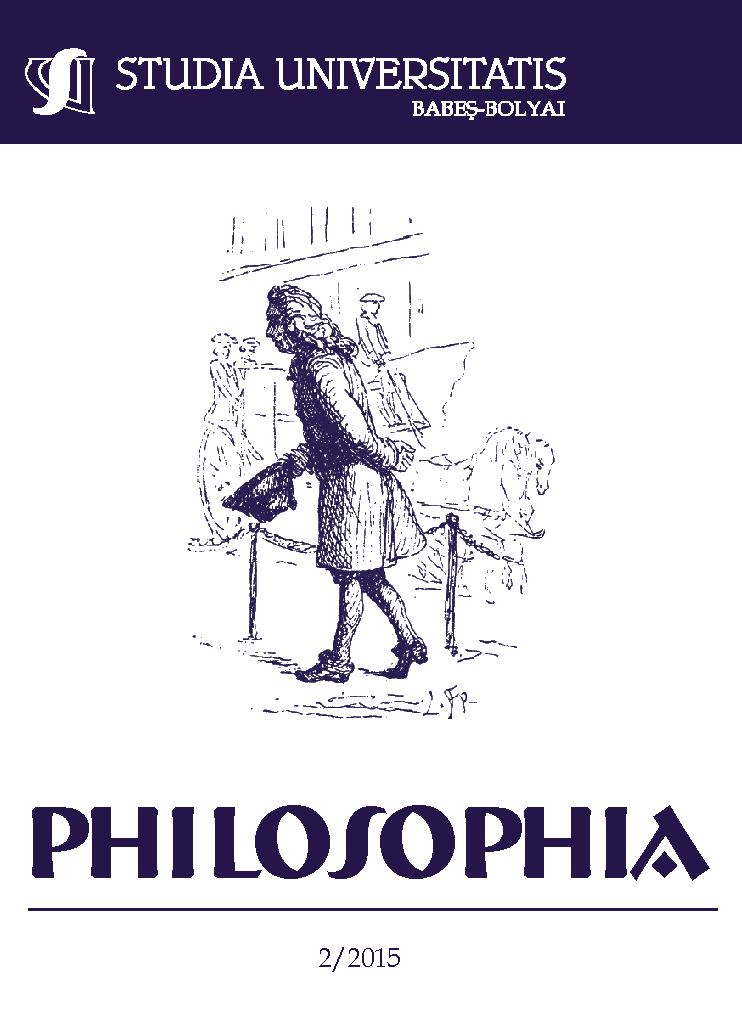ABDUCTIVE IMAGE FORMATION
Keywords:
abduction, visual abduction, visual coherence, abductive image formation in architectureAbstract
Our study, according to its title, will consist of four parts. Initially, we want to elucidate the concept of abduction and the characteristics of abductive reasoning. Then we will turn our attention to visual abduction, proceeding from its logical and psychological discussion in the literature. Finally, we will deal with the question whether building design proceeds abductively. If we will assume that it does, then we will argue for this point. Our argument will be based on a specific example, supplied by the design of an archaeological museum by Gál Gabriella. By way of a conclusion, we will present our logical and philosophical interpretations.References
Aliseda, A. (2006) Abductive Reasoning. Logical Investigations into Discovery and Explanation, Springer, Dordrecht, The Netherlands.
van Benthem, J. (1996) Exploring Logical Dynamics, CSLI Publicatins, Stanford University, 1996.
Gál László (2007) Hagyományos logika, Egyetemi Műhely Kiadó, Bolyai Társaság, Kolozsvár.
Gál László, Gál Gabriella: Képi következtetés – műépítészeti esettanulmány, in Egyed Péter, Gál Lászó (szerk.) (2011) Fogalom és kép 2., Editura Presa Universitară Clujeană/Kolozsvári Egyetemi Kiadó, 115-142.
Magnani, L. (2009) Abductive Cognition. The Epistemological and Eco-Cognitive Dimensions of Hypothetical Reasoning, Springer Verlag, Berlin, Heidelberg.
Roberts, Don D. (1973)The Existential Graphs of Charles S. Peirce, The Hague, Mouton.
Peirce, C.S Collected Papers of Charles Sanders Peirce. Volumes 1–6 edited by C. Hartshorne,
P. Weiss. Cambridge, Harvard University Press. 1931–1935; and volumes 7–8 edited by A.W. Burks. Cambridge, Harvard University Press. 1958.
Thagard, P. (2005) Testimony, Credibility, and Explanatory Coherence, Erkenntnis, 63, 295-316.
Thagard, P., Shelly C.P. (1997) Abductive Reasoning: Logic, Visual Thinking and Coherence In. M.-K. Dalla Chiara et. Al. (Eds.), Logic and scientific methods, Dordrecht, Kluwer, 413-427.
Thagard P. Verbeurgh K. (1998) Coherence as Constraint Satisfaction, Cognitive Science, 22, 1, 1-24.
Tversky, B. (2005) Visuospatial Reasoning, in K. Holyoak, R. Morrison (eds.) Handbook of Reasoning, Cambridge, Cambridge U.P., 209-249.
Downloads
Published
How to Cite
Issue
Section
License
Copyright (c) 2015 Studia Universitatis Babeș-Bolyai Philosophia

This work is licensed under a Creative Commons Attribution-NonCommercial-NoDerivatives 4.0 International License.





